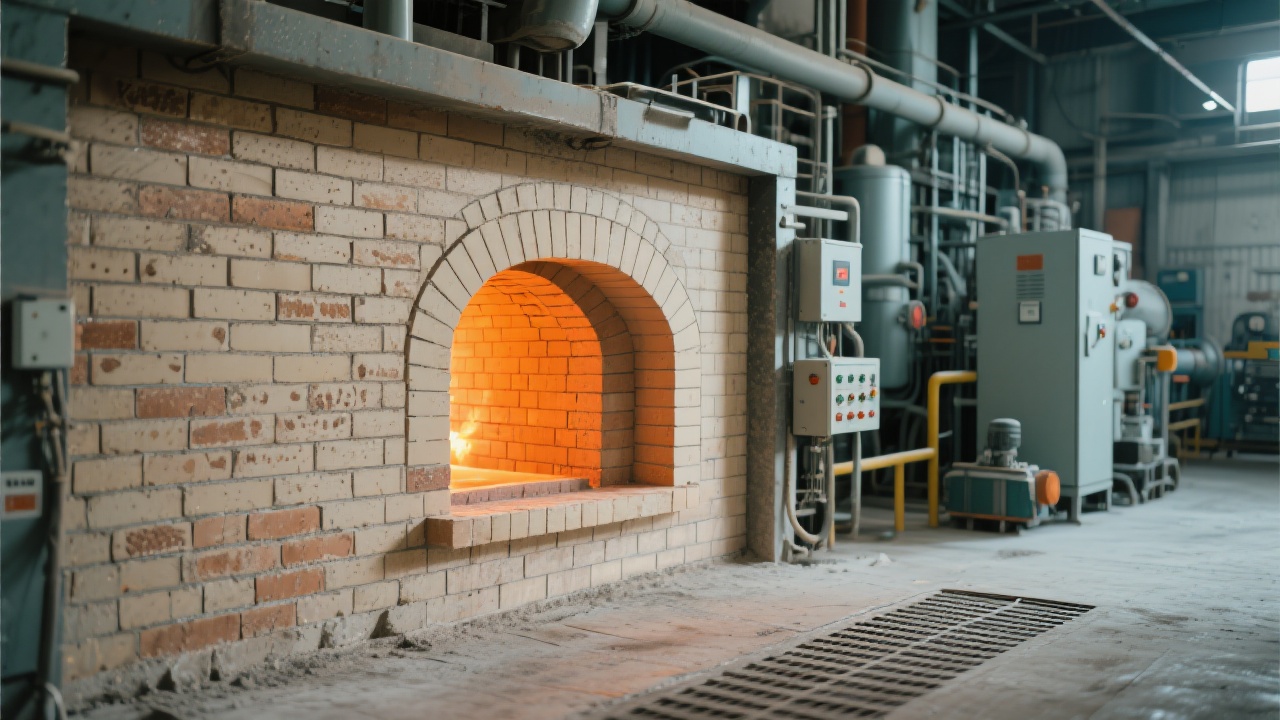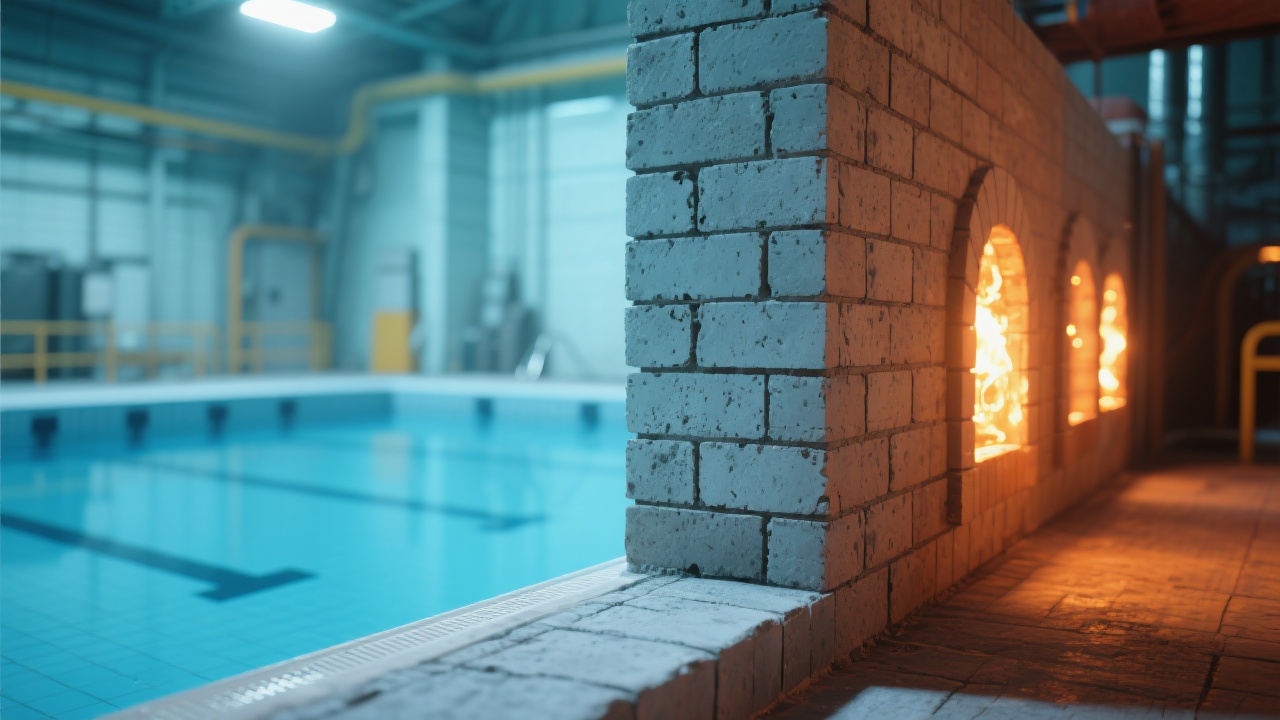
In modern high-temperature heat treatment industries, the application of porous materials, especially cordierite-based kiln components, plays a pivotal role in enhancing equipment lifespan and stabilizing operational processes. With attributes such as low density, superior thermal shock resistance, and exceptionally low creep rates, cordierite porous ceramics have become indispensable in furnace construction and maintenance. This technical guide offers a comprehensive walkthrough on proper installation techniques and effective maintenance strategies for these materials to significantly reduce downtime costs and improve production efficiency.
Porous ceramics utilized in heat treatment furnaces contribute to uniform heat distribution while minimizing thermal mass. Their porous structure enables rapid thermal equilibration, thereby decreasing the energy consumption of kilns. Specifically, cordierite porous materials exhibit a density typically ranging from 1.1 to 1.3 g/cm³, significantly lighter than traditional dense refractories (which often exceed 2.5 g/cm³). This reduction in weight facilitates easier handling during installation and reduces mechanical stress on kiln frameworks.
The microstructure of cordierite porous ceramics is characterized by an interconnected network of fine pores, typically between 20-50 microns in diameter. This structure contributes to a thermal conductivity in the range of 1.0-1.5 W/m·K, optimal for insulating purposes. More importantly, the material exhibits an ultra-low creep rate often below 0.05% at temperatures exceeding 1300°C, substantially reducing deformation over prolonged heat exposure.
Thermal shock resistance is another hallmark of this material, boasting a resistance limit above 1000°C temperature differentials. This ensures components like kiln rollers and supports can endure rapid temperature cycling without cracking, directly enhancing furnace operational reliability.
| Material Type | Thermal Conductivity (W/m·K) | Creep Rate @ 1300°C (%) | Max Thermal Shock (°C) |
|---|---|---|---|
| Cordierite Porous Ceramic | 1.2 | 0.04 | 1000 |
| Dense Firebrick | 3.2 | 0.2 | 600 |
Successful integration of cordierite porous components into kiln systems demands attention to installation details. Cranks and support systems constructed with these porous ceramics must be mounted using specialized high-temperature adhesives or mechanical anchoring techniques designed to accommodate thermal expansion. During installation, allowance for a controlled gap between components ensures stress is minimized during heating cycles.
The utilization of insulating felts composed of similar porous structures further improves the kiln’s thermal efficiency. Proper mounting of these felts involves ensuring uniform compression without crushing pores, preserving their insulating properties.

A leading industrial heat treatment plant reported a 25% increase in kiln component lifespan after replacing legacy materials with cordierite porous ceramics in their roller supports and anchor points. Maintenance intervals lengthened from every 1800 hours to over 2300 operational hours, directly impacting production uptime.
Furthermore, the plant observed a 30% decrease in unexpected shutdowns caused by material failure. These improvements underline the cost-effectiveness of selecting advanced porous materials, which translate into reduced maintenance costs and enhanced process consistency.

To maintain the optimal performance of porous ceramic components, regular inspections should focus on signs of pore clogging, cracking, or surface degradation. Cleaning protocols utilizing low-pressure air or inert gas flushing can help maintain porosity without damaging the microstructure.
Scheduled replacement of compromised parts based on usage data and thermal cycles helps avoid unplanned failures. Employing thermal imaging and acoustic monitoring tools further enhances predictive maintenance capabilities, allowing operations teams to preserve process consistency.

Research continues to push the boundaries of porous ceramics in high-temperature applications. Recent advancements focus on enhancing pore size distribution for even better thermal shock resistance and integrating nano-scale reinforcements to increase mechanical strength without sacrificing insulating properties.
New application areas, such as additive manufacturing of personalized kiln components and hybrid insulation systems, promise to revolutionize heat treatment processes by offering bespoke performance tailored to specific industrial needs.
Unlock the Potential of Cordierite Porous Ceramics to Significantly Lower Your Maintenance Costs and Enhance Process Stability - Download Our Expert Installation and Maintenance Guide Now

